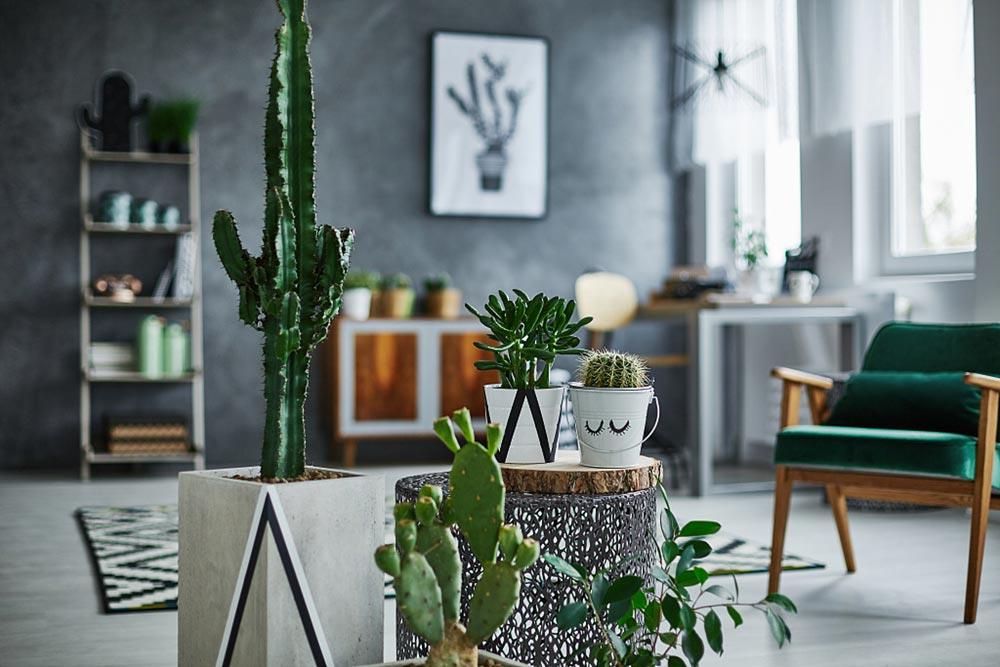A comprehensive calendar for the care of indoor foliage plants
Last Update :2024.11.02
Article Catalog
Foliage flowers not only have leaves of various shapes and ornamental value, but also the plants are graceful and graceful, making them good indoor greening materials. Foliage plants are not distinguished by their flowers, but by their leaves. Its characteristic is that it is not restricted by the blooming and falling of flowers and can be viewed at any time. It is precisely because of these many advantages that foliage plants are deeply loved by people. So do you know how to care for foliage plants? Today I will give you a detailed introduction to the twelve-month flower cultivation calendar for foliage plants.
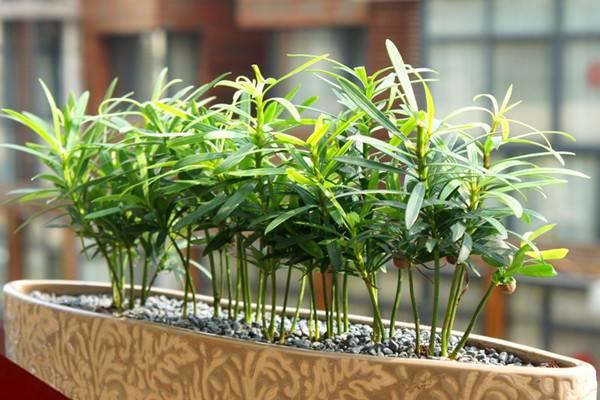
January
January
The temperature is cold and dry
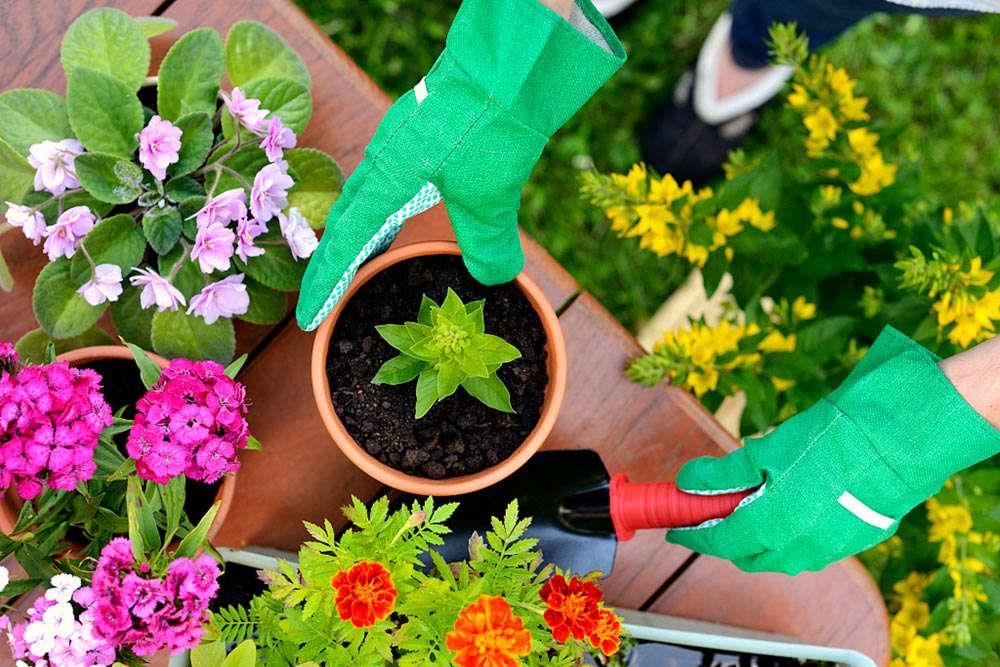
Check the cold protection measures at any time. If the indoor temperature is not enough, they should be strengthened in time: high temperature-loving plants can be placed in a thermostat made of plastic film or glass to improve the insulation effect. Most plants can fully receive sunlight. When the light is insufficient, artificial light sources can be used to supplement the light. Flower pots should be placed 1 meter away from doors and windows at night, and can also be covered with a cover to keep out the cold. Store dormant plants in a dark place during winter.
Continue to control water and fertilizer. Water once every 3-4 days or more, no more than ten times. The water temperature should be equal to or slightly higher than the air temperature. Water at noon. It is enough to keep the pot soil at a certain humidity for dormant plants in winter. Indoor heating often leads to low air humidity. You can often wipe the leaves with a damp cloth to moisturize and clean them.
February
The temperature is cold and dry
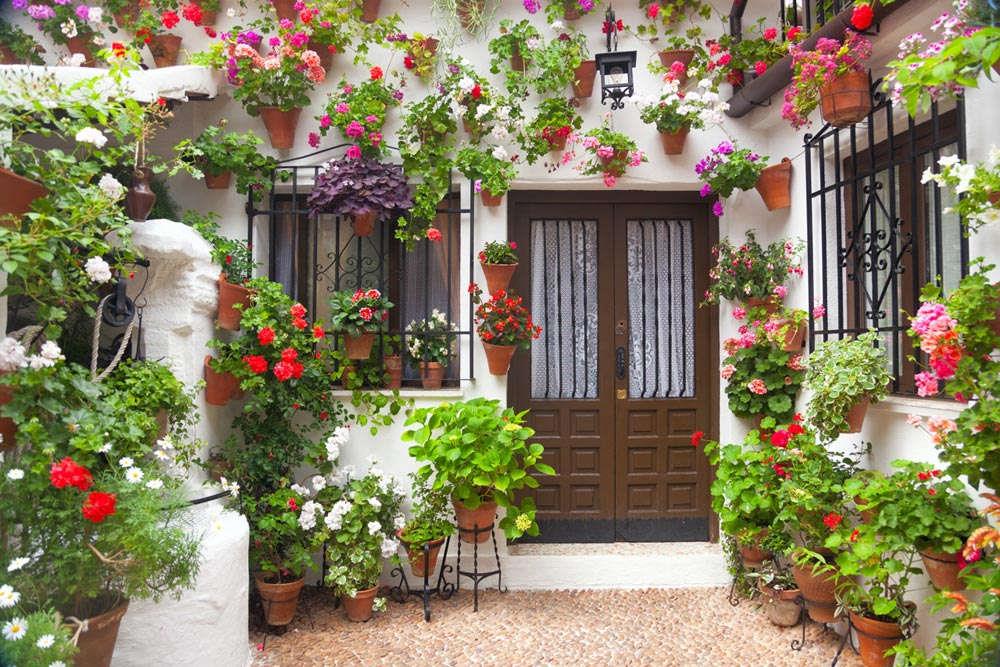
During the day, place plants that prefer semi-shade and light-loving plants on a south-facing windowsill to receive sufficient sunlight. Place it 1 meter away from the window sill at night, or add a cover to keep it warm. Plants that like high temperatures need to be covered with plastic film or placed in a glass incubator during the day. If possible, artificial light sources can be used to supplement the light to increase the amount of light. In rooms with low room temperature, heating measures should be taken to prevent freezing damage. Place shade-tolerant plants in a bright place, and dormant plants in a dark place.
Water once every 4 days or more until the soil is dry, white and hard: do not fertilize or apply a small amount of potassium fertilizer. Wipe the leaves with a damp cloth to remove dust and moisturize. Dead branches and yellow leaves should be cut off promptly.
March
The climate is cold and dry, with warm weather sometimes

Keep the light and temperature the same as in February. Even if warm weather occasionally occurs, do not suddenly move it outdoors to bask in the sun, or remove the insulation facilities, otherwise it will easily lead to freezing damage.
Water and fertilizer control are also the same as in February.
Cold-resistant plants begin to be repotted, repotted and repotted. For example, roses, chrysanthemums, etc. must be planted in warm weather in the second half of the year.
April
The temperature begins to rise and the light intensity gradually increases, but there are still cold waves invading
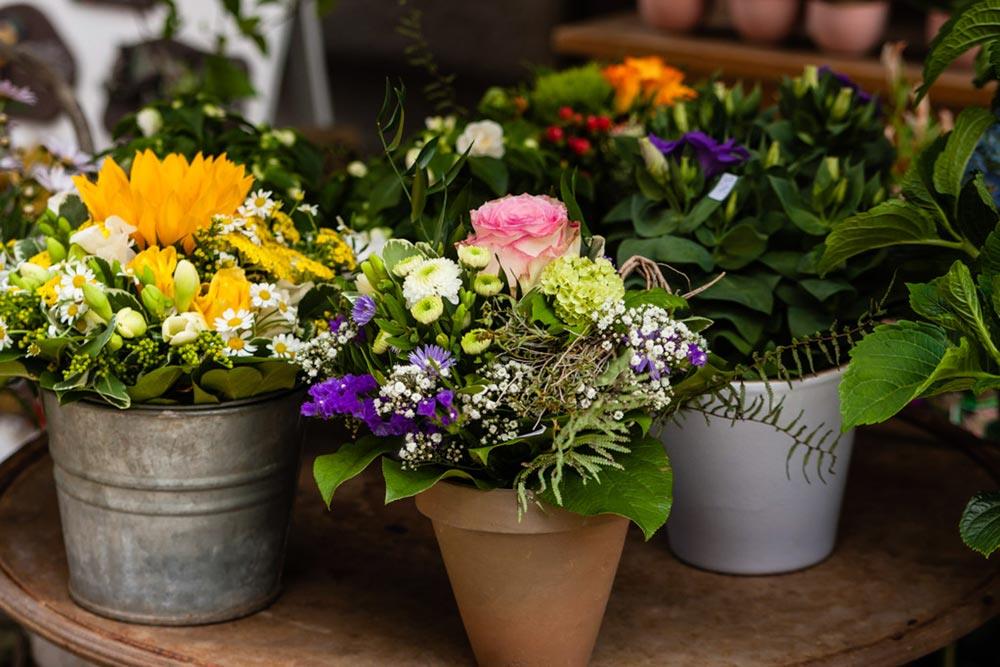
Except for plants that like high temperatures and some medium-temperature plants that continue to take anti-freezing measures, the rest of the plants can gradually remove the insulation facilities to adapt to room temperature and provide proper ventilation. However, Still can't move it outdoors immediately, you can take turns to bask in the sun.
Maintain humidity, apply a small amount of fertilizer, and increase the frequency of watering appropriately to create conditions for plant germination. However, the soil should not be too wet and a certain air humidity should be maintained. Sprinkle water on the leaves appropriately at noon in warm weather. Apply a small amount of vegetarian fertilizer or partial nitrogen and phosphorus fertilizer.
Most of them can start to be repotted, and combined with the repotting, root pruning, posture adjustment, base fertilizer application, division propagation, etc. can be performed.
May
The temperature continues to rise, the sunshine is sufficient, the rain begins to increase, and most plants begin to sprout
Part of the plants that love high temperatures still need to be kept warm. Most plants can fully receive sunlight and be properly ventilated. Light-loving and cold-tolerant plants can be gradually tempered and placed outdoors to see light in rotation to maintain good appearance.
Except for those that have just been repotted, inverted or repotted, fertilizer can be applied to all others. Sowing seedlings and cutting seedlings have begun to grow normally, and thin fertilizer and water can also be applied. Increase the frequency of watering, and spray the leaves frequently to increase air humidity.
Continue to pay close attention to the work of potting, pouring and changing pots.
As the plants sprout and spread their leaves, top them in time. Rubber trees, purple-backed acanthus beds, etc. were re-pruned and updated. Vining plant tying bracket.
June
The temperature is getting higher, the sunshine is sufficient, the rain is increasing, and plant growth begins to accelerate
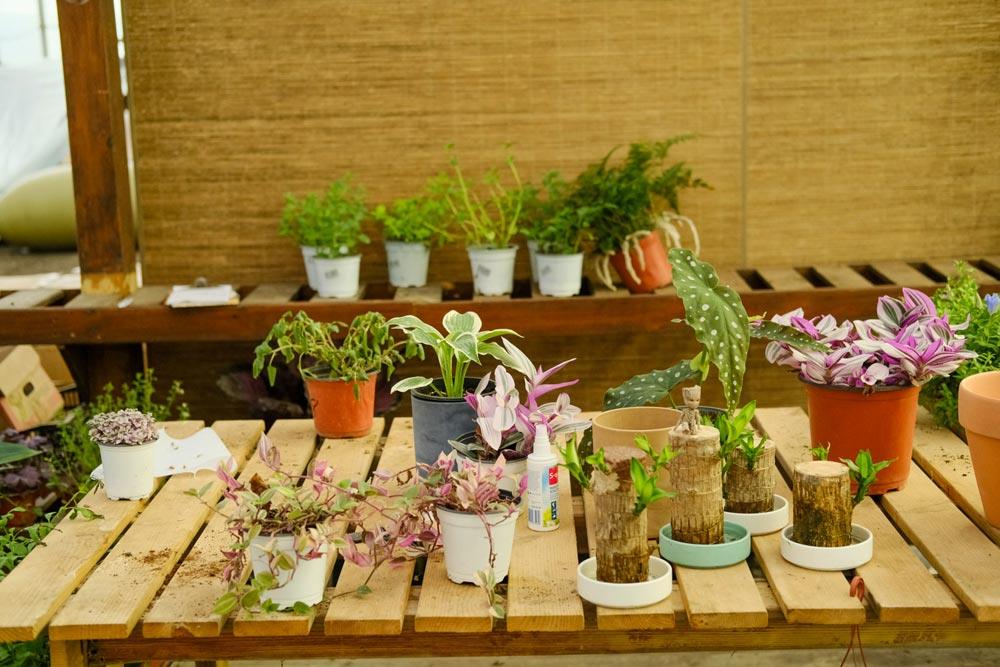
First of all, do a good job of sheltering and shading plants that tolerate shade and partial shade to prevent them from being scorched by the sun, and provide proper ventilation. The remaining plants can fully receive sunlight to promote lush branches and leaves.
Top dressing can be carried out before watering, and the frequency and dosage should be increased appropriately, but it is necessary to prevent contamination of the stems and leaves. After top dressing, water and spray the leaves in time. Watering is basically once a day, in the morning and evening, and the frequency of spraying water on the leaves is increased.
Invert and repot red mulberry, Schefflera, etc. Thinning and stabilizing the seedlings on cloudy and rainy days.
July
The temperature rises, the humidity is high, the sun is strong, and plants grow rapidly. Cold-resistant plants also enter the long term of life
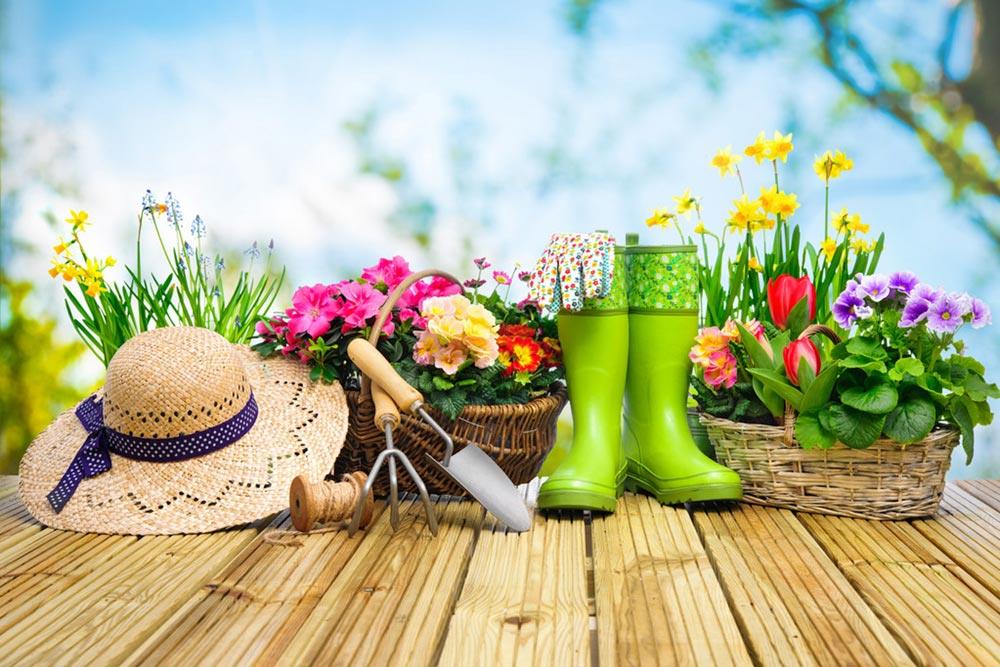
Do a good job of tolerating shade and Use semi-shade plants for shade and sun protection, and pay attention to indoor ventilation.
Provide sufficient moisture, and pay attention to maintaining air humidity in sunny and hot weather. The frequency and dosage of top dressing should be increased.
Pay attention to preventing pests and diseases this month. Because hot and humid weather is particularly likely to induce fungal diseases, spray Bordeaux mixture once every 7-10 days. When pests and diseases are discovered, they should be isolated and treated promptly.
August
The climate is hot, and extremely high temperatures often occur. Although the precipitation is large, most of it comes from surface runoff, and the air humidity is low, which has a negative impact on plant growth
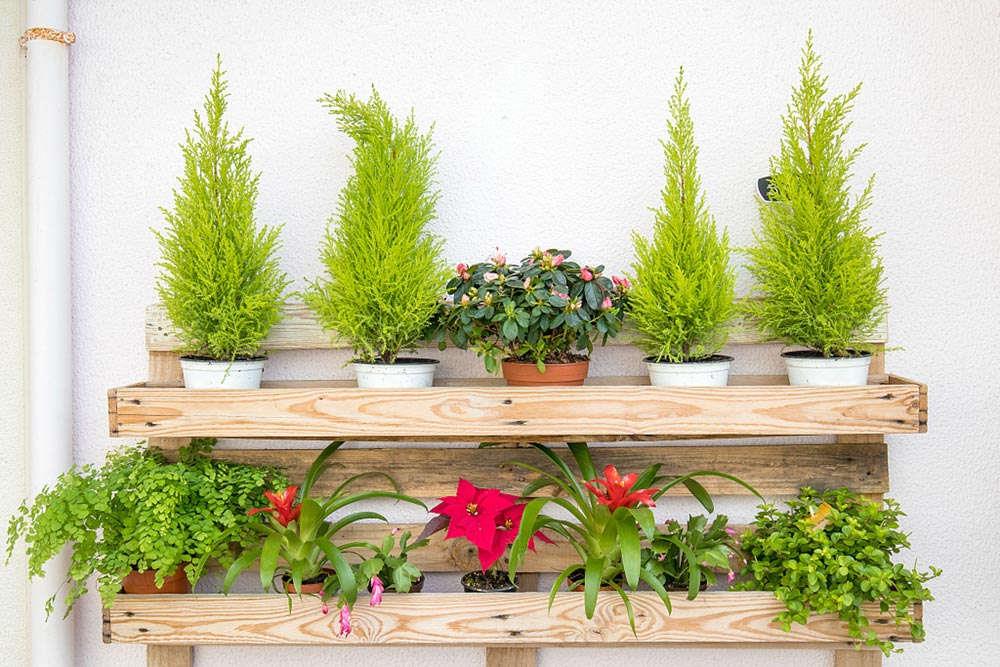
Mainly take measures such as shading, water spraying, ventilation, cooling, and humidification. .
Adopt varying degrees of shade and sun protection measures for shade-tolerant, semi-shade, and light-tolerant plants. In hot and dry weather, some light-loving plants must also have some shade at noon. Particular attention should be paid to cutting seedlings and sowing seedlings. Strengthen ventilation and ventilation measures.
Watering must be sufficient and timely. On dry days, it can be done twice a day in the morning and evening. Avoid watering at noon. Set up water basins and increase the number of water sprays on the leaves and ground to cool down and moisturize. Top dressing should be thin fertilizer, mainly nitrogen fertilizer, applied before watering. Aestivating plants control water and fertilizer.
The spores of green cloud grass and ferns are mature and can be collected and broadcast at any time for propagation. Red mulberry, goosefoot wood, etc. can continue to be propagated by cuttings.
Actively prevent and control pests and diseases. Same as July.
September
The climate is hot and dry, and extremely high temperatures still occur. The temperature difference between day and night is large in the second half of the month, which is conducive to the growth of plants
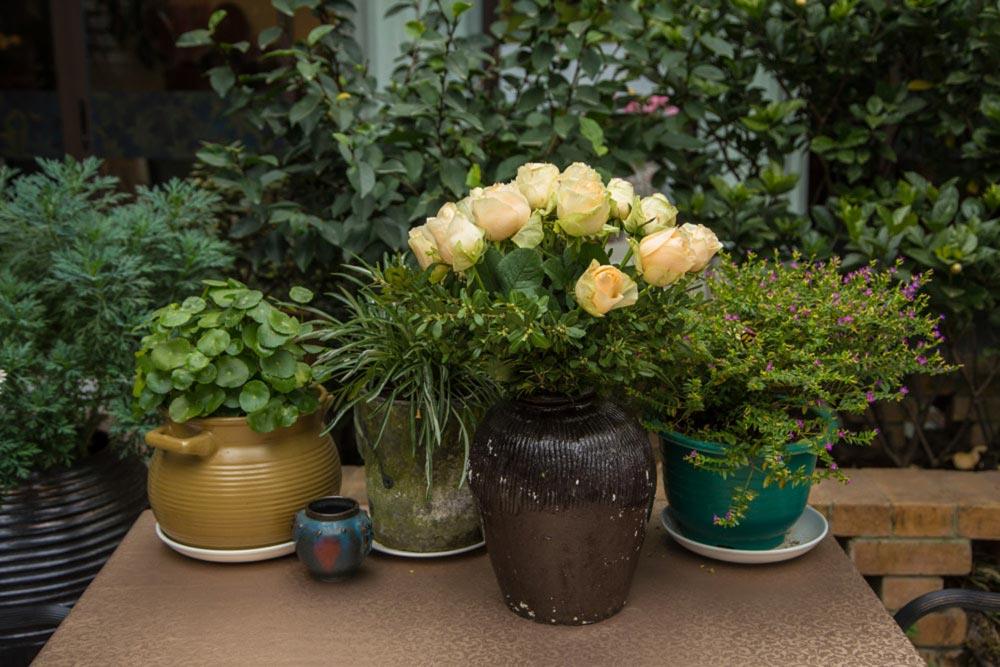
Light and temperature management are the same as in August. Moisture and top dressing management are the same as in August.
October
The temperature gradually drops, the temperature difference between day and night is large, the morning and evening are cool, and most plants have a second growth peak

Some semi-shade plants gradually begin to receive direct sunlight. Light-loving plants can be fully exposed to sunlight throughout the day, but they still need ventilation.
Water enough and maintain air humidity. The amount and frequency of top dressing are the same, gradually increase the proportion of potassium fertilizer and reduce nitrogen fertilizer.
Propagate by divisions such as auspicious grass and calla lily. Appropriate shaping and pruning.
November
The climate gradually cools down and plant growth begins to slow down
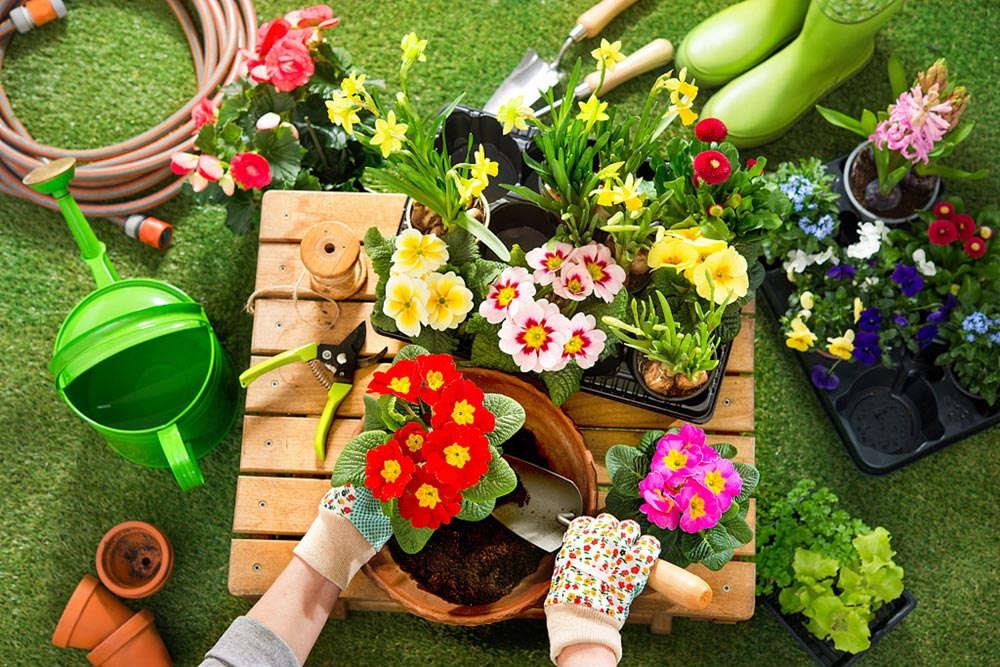
Except for shade-tolerant plants, other plants gradually receive full sunlight. Plants that are not cold-tolerant are gradually moved indoors.
For plants whose growth is gradually weakening, after applying fertilizer once in early ten days, start to control water and fertilizer. Plants that grow normally should not be watered too much to prevent them from growing excessively, which will lead to weakened cold resistance. Fertilization should be mainly potassium.
December
How to grow love vine and what you need to pay attention to

Soil: Love vine prefers soil with good air permeability and strong drainage. Water...
How to know if aloe vera is out of water

If this kind of plant is short of water, it can be easily identified. The leaves o...
